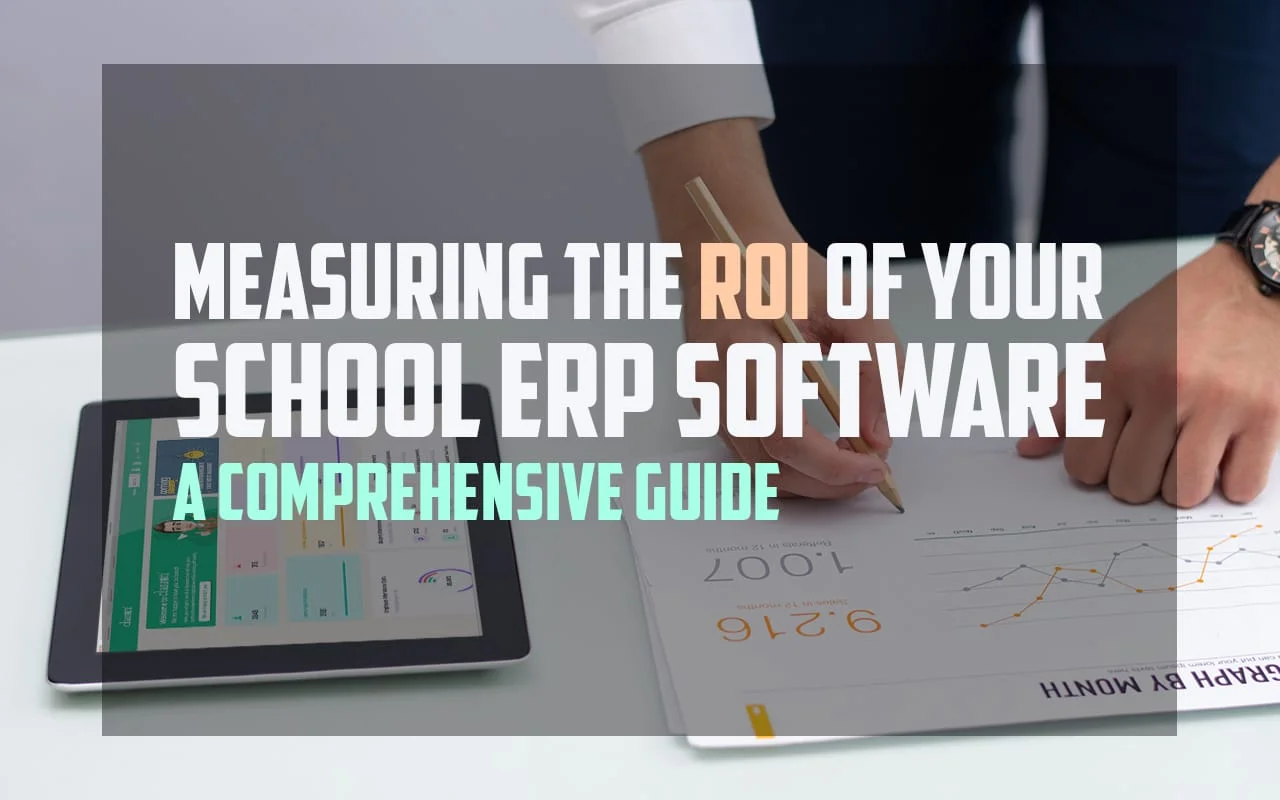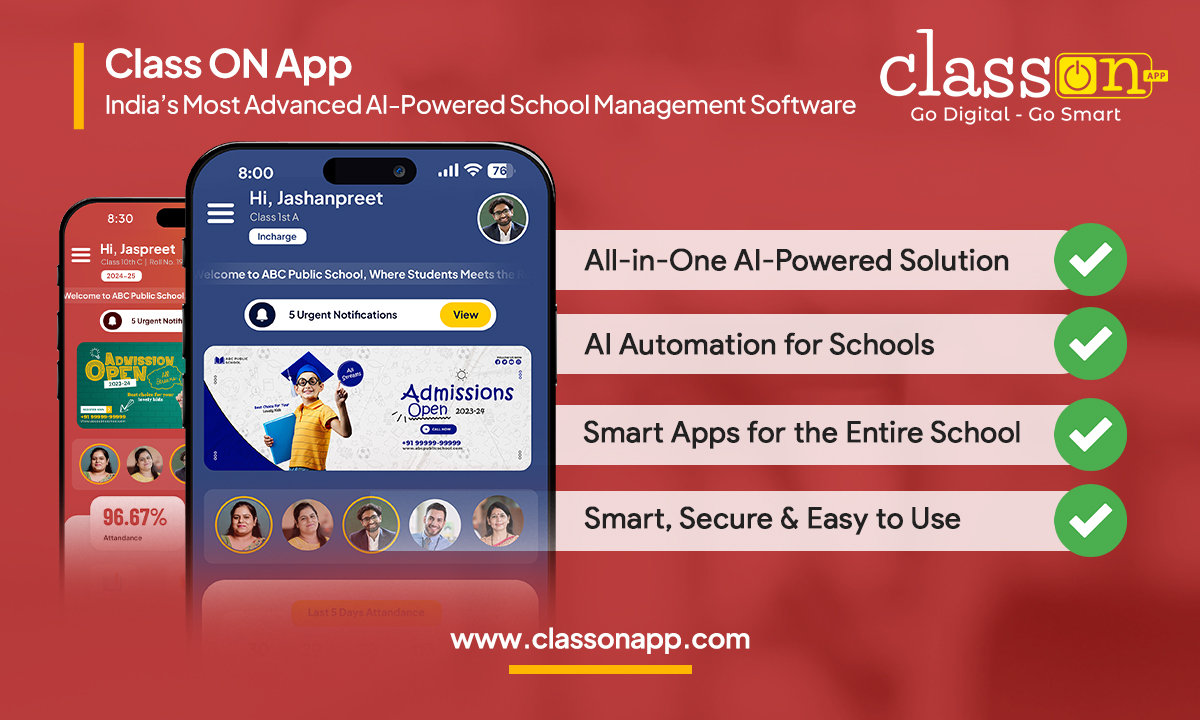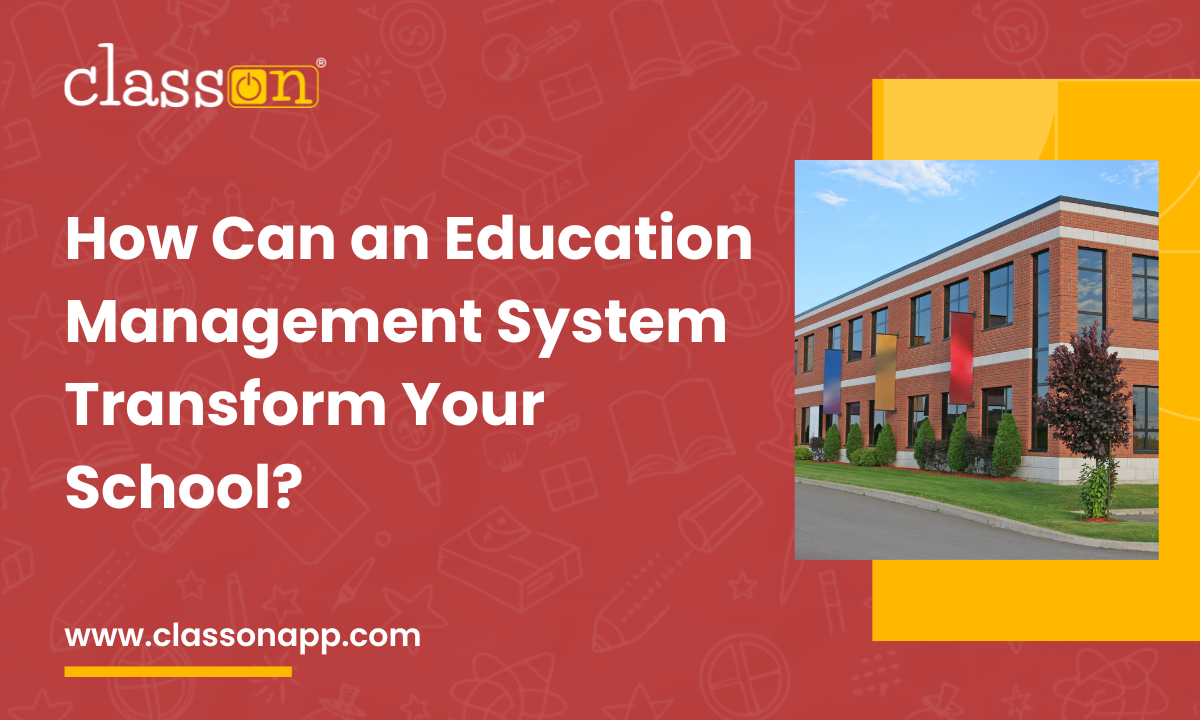
Implementing School ERP software in your educational institution can bring a multitude of benefits, such as increased efficiency, improved communication, and better data management. However, one of the biggest concerns for schools is measuring the software’s return on investment (ROI). In this article, we will provide a comprehensive guide on measuring the ROI of your School ERP software.
Before diving into the details, let’s define School ERP software. School ERP software is a comprehensive solution that streamlines and automates various administrative and academic processes in educational institutions. These processes include admissions, attendance tracking, timetable scheduling, grading, and more.
Measuring the ROI of School ERP Software
Measuring the ROI of School ERP software is crucial to determine whether the software investment is worth the cost.
Here are the steps you need to follow to measure the ROI of your School ERP software:
Step 1: Determine the Total Cost of Ownership (TCO)
The first step in measuring the ROI of your School ERP software is to determine the total cost of ownership (TCO). TCO includes all costs associated with the software, such as the initial purchase price, installation, customisation, training, and ongoing maintenance and support costs.
Step 2: Identify the Benefits implementing a school ERP Software
After determining the TCO, the next step is to identify the benefits of the School ERP software. These benefits can be both tangible and intangible. Tangible benefits include cost savings, increased productivity, and improved data accuracy. Intangible benefits include better communication and collaboration among staff and students, enhanced decision-making, and improved student outcomes.
Step 3: Quantify the Benefits
Once you have identified the benefits of the software, the next step is to quantify them. This involves attaching a monetary value to each benefit. For example, you can calculate the cost savings of the software by comparing the time and resources required to complete tasks manually versus the time and resources needed with the software. Similarly, you can quantify the improved student outcomes by calculating the monetary value of students’ academic achievements.
Step 4: Calculate the ROI
The final step is to calculate the ROI of the School ERP software. The ROI is calculated by subtracting the TCO from the total benefits and dividing the result by the TCO. The resulting percentage represents the ROI of the software.
ROI = (Total Benefits – TCO) / TCO x 100%
Benefits of Measuring the ROI of School ERP Software
Measuring the ROI of School ERP software is essential for several reasons:
1. Cost Justification
Measuring the ROI of School ERP software provides a concrete basis to demonstrate to the management and stakeholders the benefits of the investment. Quantifying the monetary value of the software’s benefits justifies the investment and provides evidence that the investment is worth the cost. This helps to ensure that the management and stakeholders clearly understand the software’s value and impact on the educational institution.
2. Performance Improvement
Measuring the ROI of School ERP software allows educational institutions to identify areas where improvements can be made. By quantifying the benefits of the software, it becomes possible to determine which processes have improved and which areas require further attention. This helps institutions to focus their efforts and resources on areas where they can achieve the greatest benefits. By doing so, they can improve the efficiency and effectiveness of their operations and ultimately enhance the quality of education they provide.
3. Decision-Making
Measuring the ROI of School ERP software provides valuable insights that can inform future decision-making. By analysing the benefits of the software, educational institutions can identify the most effective processes and determine which software features are the most beneficial. This information can be used to optimise the software’s use and guide decisions about future investments in technology. In this way, measuring the ROI of School ERP software can help institutions continuously improve their operations and enhance the quality of education they provide.
4. Budgeting
Measuring the ROI of School ERP software helps educational institutions to allocate their budget more effectively. By analysing the benefits of the software, institutions can identify which processes are most cost-effective and which require further investment. This information can guide decisions about allocating resources most efficiently and effectively. By optimising the use of the software, institutions can reduce costs, increase efficiency, and enhance the quality of education they provide. Measuring the ROI of School ERP software is an important tool for financial planning and management in educational institutions.
In conclusion, if you are looking for a reliable School ERP software solution, consider ClassOn App. This comprehensive school software solution streamlines administrative and academic processes, improves communication and collaboration, and provides valuable insights for decision-making. By measuring the ROI, you can justify the investment, improve performance, and allocate the budget effectively. With its user-friendly interface and customisable features, ClassOn App is an excellent choice for educational institutions of all sizes.






